Today, I see many organisations that are two or more years into their cloud journey, yet, they struggle to get the value they thought they were going to receive. Often, this is due to the lack of clear guiding cloud strategy. Cloud strategy is the subject of today’s post.
Before I start, I need to address the term cloud strategy, which is often a confusing term. The two words, cloud and strategy offer multiple meaning to different people. The word cloud is easier to agree to as there are agreed set of definitions (NIST).
The word strategy is a bit more challenging to define. What does strategy mean? In most organisations, there should be the three levels of strategy:
- Business Strategy (Long Term)
- Divisional Strategy (Medium Term)
- Execution Strategy – (Short Term)
Enterprise Business Strategy
This strategy is often set by the CEO or board of directors and can be found in an organisation’s published annual report. Examples of business strategy might be to have the highest customer satisfaction in the industry, to increase market share, reduce operational cost, etc. The business strategy tends to be very high level and fairly generic, for a reason. The details are reserved for the next layer down, the divisional strategy.
Divisional Strategy
Each division in an organisation, will have the responsibility for developing its own strategy that is aligned with overall corporate business strategy. Sales, Finance, marketing, HR and other divisions will have their own strategies. Information Technology, should also develop its own strategy that is aligned with other divisions with the objective of helping them achieve their objectives through technology. The information technology will include many related strategies such as cloud strategy, data centre strategy, security strategy, etc.
IT Execution Strategy
At this level, technical plans such as implementation, migration, etc., are developed. This technical execution layer is often mistaken for strategy when in reality it is only a short term technical plan, dealing with one specific aspect such as migration for example.
Now that we have covered the strategy piece, what are the key components in a cloud strategy?
There are a few components but they are meant to be covered from a high level in the strategy document. The document should be no more than 20 pages. Detailed document plans, such as security, workload assessment, architecture, etc., should be addressed in the IT execution strategy.
Cloud Baseline
The term cloud has become overused, describing a wide spectrum of services. Cloud term often covers Apple “cloud”, colocation and hosting, O365 and many other services. Therefore, is important as an organisation to have a collective agreement on cloud definitions. NIST’s standard definitions for cloud characteristics, service types and deployment models, are often used.
Business
Before embarking on any new initiative, it is important to start with WHY question? Why are you adopting cloud? Are you just following the trend or do you have a valid justification? Focus should be on defining business outcomes such as gaining faster access to new markets, improving redundancy, reducing CAPEX and optimising OPEX, etc. Strategies are not worth much without KPIs to track progress or lack of it over time. An example of a KPI would be to migrate 30% of non-mission critical, corporate applications to a SaaS platform in the next 12 month.
Risk and Challenges
The cloud strategy needs to highlight potential risks and challenges such as security, compliance, integration, lack of cloud skills, cost control, performance, etc. Listing risks and challenges will help plan effective mitigations strategies.
Organisation and Culture
Organisational and cultural impact is often overlooked when considering cloud, yet it is one of the top reasons for failed cloud adoptions. Organisations need to consider areas impacted such as finance, HR, legal, etc. For example, moving from capital expenditure (capex) model to operational expense (opex) model needs consideration and planning by finance. Long term budgeting and forecasting is no longer relevant and the traditional capex cost predictability is no longer predictable.
Governance Models
The current processes and procedures used on premise are not fit for the dynamic nature of cloud. Risk and compliance, which are governance, will be different in the cloud, due to the fact organisations will have less control. Lack of controls can cause security, legal, compliance, and privacy risks. How will you ensure compliance with data sovereignty laws given the distributed nature of cloud?
Decision Framework
There will be many important decisions organisations will need to make during their cloud adoption journey. For example, workloads selection, cloud model, cloud architecture, cloud service provider are just a few of the key decisions to make before starting the cloud journey. These are big decisions that I often see cause internal contention and delays. Therefore, agreeing a decision framework ahead of time can help save time and stress.
Summary
Small cloud projects are fairly easy to redo. However, large cloud initiatives are much harder and costly to undo, resulting often in organisations having to live with that technical debt for a long time.
A cloud strategy document should be developed early in the cloud journey to avoid costly mistakes. The myth about cloud strategy being owned by IT is not true. Cloud strategy needs to be a collaborative exercise, involving technical and business stakeholders (finance, HR, Legal, Security, etc.), to be comprehensive and effective.
Have you extracted the desired value from your cloud adoption? Do you have a visible clear concise cloud strategy? If the answer is no to both, then I strongly suggest to start with the foundation, cloud strategy.
I will finally conclude with a quote from one of my favourite great authors ..
A vision without a strategy remains an illusion
Lee Bolman
I hope you have found this post informative and thank you for reading.
Regards,
Nick

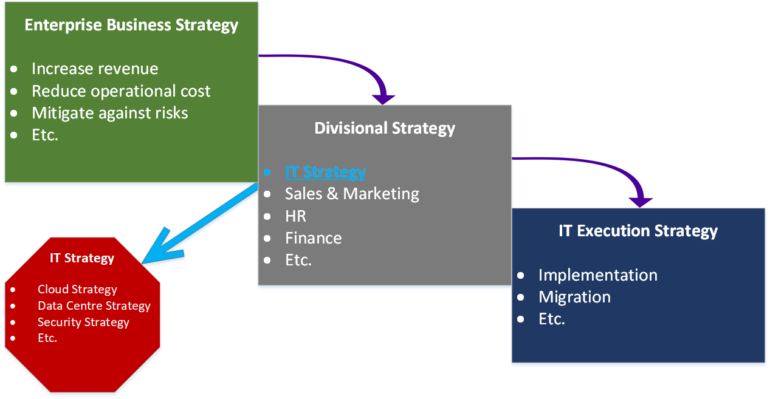

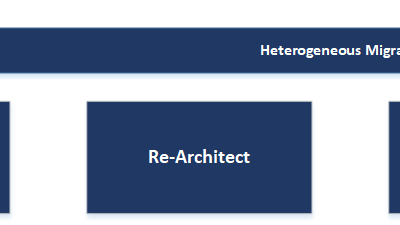
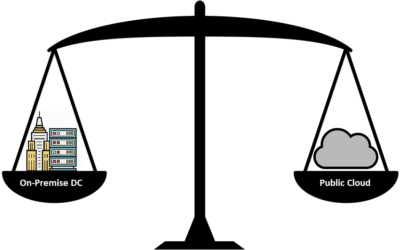
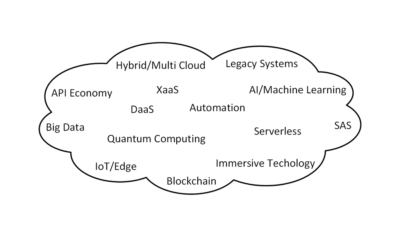
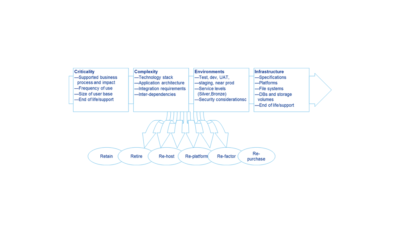
Cloudish Architect
January 3, 2020Great post. Interesting about the document being 20 pages or less. Currently ours stand at 80 plus bloody pages!
Virtual Tarzan
January 6, 2020Cloudish Architect, I suspect you have detailed implementation plans included and I suggest you separate those into their own documents. Strategy document is meant to be a high level documents with guiding principles.
Darryl
January 5, 2020Can you please share details on the team responsible for developing the cloud strategy
Virtual Tarzan
January 6, 2020Darryl, I assume by team responsible you mean the structure of the collaborating team (business and IT)?
I will dedicate a post to add more details.
CJ
January 5, 2020Nick are you a contractor? Where are you based? My team could use a bit of help with shaping our cloud strategy. We are based in Manhattan, NY. email if interested.
Virtual Tarzan
January 6, 2020CJ, thank you for the offer. I am not a contractor (I work in management consulting) and I am UK based.